Surgical Drapes
Time Tested Innovation
AngioSystems has proudly been a manufacturer and innovator surgical drapes for over 30 years, focusing on the Cardiac Cath and Interventional Radiology Labs. AngioSystems has worked with hundreds of doctors and clinicians over the years to design and produce custom drapes to their exact specifications. Many of these designs have become standard designs and are available for use to many customers.
Custom Drapes
AngioSystems remains ready to meet your every need and design a custom drape to your exact specification. We can customize almost every feature of a drape including the overall dimensions of the drape,a specific absorbent area for fluid contamination ,the shape and size of the fenestration area, multiple fenestration areas, and other accessories such as pockets, windows, slits, panels, Velcro, tear away sections and snaps.
Superior Absorbent Materials
A key differentiator of AngioSystems drapes is our absorbent material. Our fabric was originally developed for the diaper industry and is a two ply material. Our absorbent materials have an absorbency capacity of 890%. Fluid containment is a key during a procedure to maintain a sterile field and to keep fluids off of the clinicians, equipment, floor, which can lead to easier clean up and procedure turnaround.
Performance and Reliability
AngioSystems surgical drapes are ready to meet your demanding specifications. We manufacture drapes for many procedures including femoral angiography drapes, pacing drapes, jugular access drapes, radial drapes, brachial drapes, biopsy drapes, PICC Line drapes, and pediatric drapes. Our drapes are available in sterile AngioSystems surgical trays, sold separately as single sterile drapes, and we sell non sterile drapes to other tray providers.
The AngioSystems Difference
Other manufacturers will try and sell the same drape with general features and minimal absorbency to try and meet a wide variety and complex features that clinicians want to have available in their surgical drapes. As we have already done hundreds of times, AngioSystems is ready to work with you to design a custom drape that is optimally designed to meet your needs.

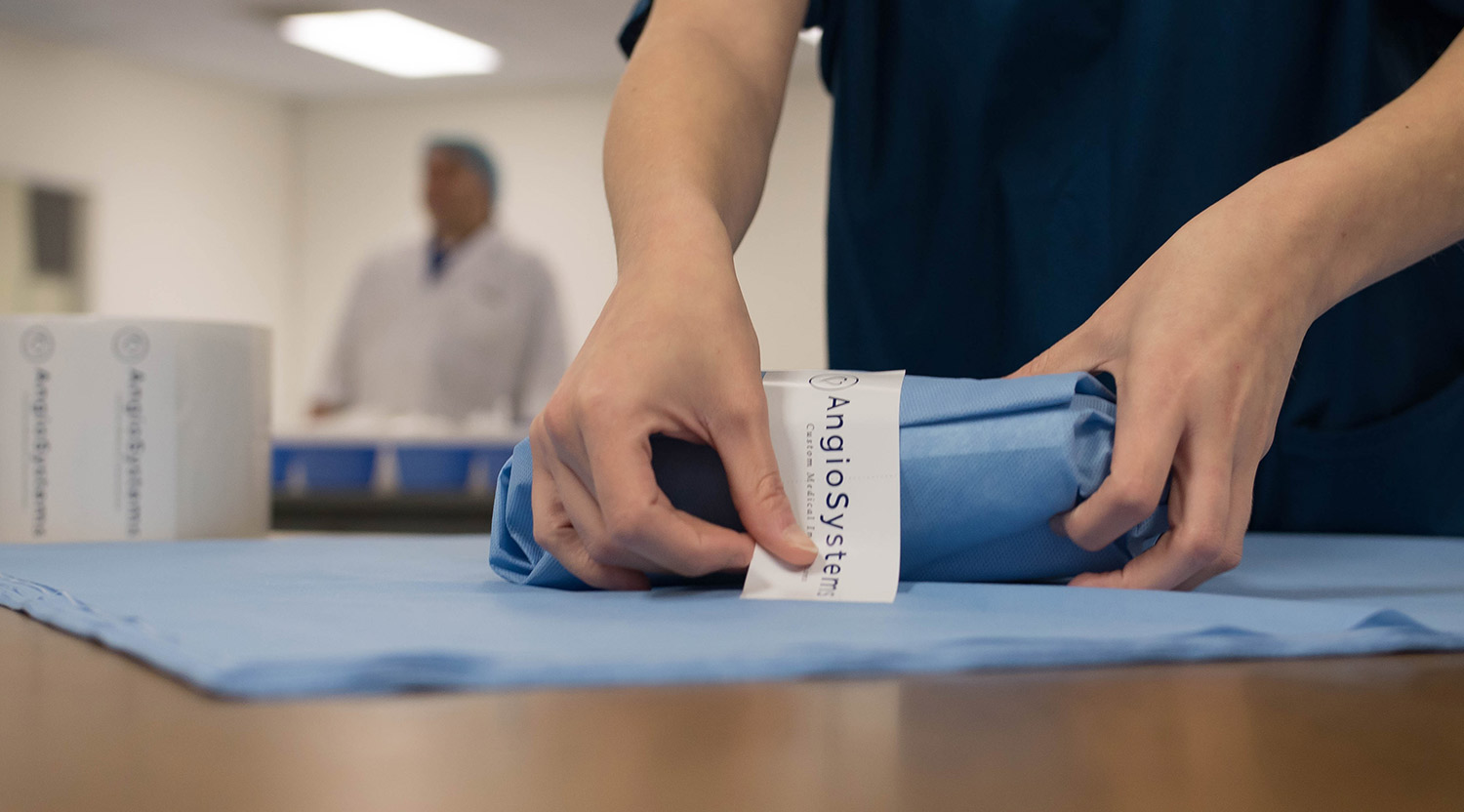
Cardiac Cath Lab
Cardiac catheterization is a medical procedure used to diagnose and treat some heart conditions. A catheter is inserted either in your arm, groin (upper thigh), or neck and threaded to the heart. Common procedures performed in the cardiac cath lab include Coronary Angiogram, Stent Placement, Angioplasty, Heart Biopsy, and Peripheral Angiograms. Depending on the specific procedure and entry point AngioSystems has drape designs that will meet your needs. Below are some of our standard drape products for various procedures, and building a custom drape is what we do.
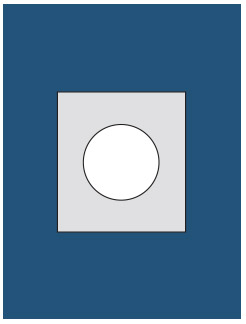
Brachial Drape
- Overall Dimensions 40” x 60”
- Absorbent reinforcement for fluid containment
- Fenestration with front and back tape

Angiography Drape
- Overall Dimensions 76” x 100”
- Absorbent reinforcement for fluid containment
- Fenestration with front and back tape
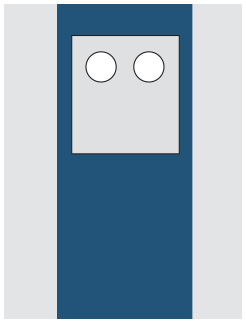
Angiography Drape with Dual Windows
- Overall dimensions 80” x 136”
- Absorbent reinforcement for fluid containment
- Full length dual clear equipment control windows
- Fenestration with front and back tape
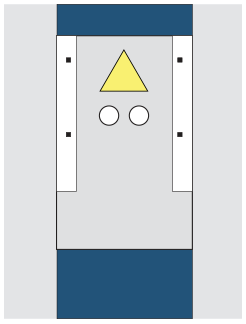
Custom Angiography Drape
- Overall dimensions 94” x 139”
- Absorbent reinforcement for fluid containment
-
Full length dual clear equipment control windows
- Dual Femoral Fenestrations
- Custom Incise Fenestration
- Dual absorbent instrument pockets
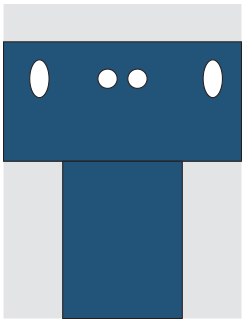
Custom Radial / Femoral Angiography Drape
- Overall Dimensions 84” x 140”
- Full patient length absorbency area.
- Three clear equipment control windows.
- Two oval radial fenestrations.
- Two circular femoral fenestrations.
Interventional Radiology Lab
Interventional radiology is the minimally invasive, image-guided treatment of medical conditions that once required open surgery. Today, interventional radiologists perform minimally invasive treatments on a wide array of diseases and conditions in virtually all of the body’s organ system, including digestive organs (stomach, liver), Nerves (spine and brain), Chest (lungs), Heart and vascular (arteries, veins, vessels), Urinary (kidneys) and others.
Depending on the specific procedure and entry point AngioSystems has drape designs that will meet your needs. Below are some of our standard drape products for various procedures. Always remember we will build your custom drape to your exacting specifications.

Biliary Drape
- Overall Dimensions 92” x 127”
- Absorbent reinforcement for fluid containment
- Full length dual clear equipment control windows
- Large Oval fenestration with front and back tape

Biopsy Drape
- Overall Dimensions 30” x 30”
- Absorbent reinforcement for fluid containment
- Fenestration with front and back tape

Dialysis Declotting Drape
- Overall Dimensions 40” x 36”
- Large absorbent area for fluid containment
- Large rectangular fenestration with front and back tape

Standard PICC Line Drape
- Overall Dimensions 40” x 60”
- Small absorbent area for fluid containment
- Fenestration with front tape

Full Length PICC Line Drape
- Overall Dimensions 76” x 120”
- Small absorbent areas surrounding each fenestration area
- Rectangular Fenestrations with back tape
- Two side tabs with slits to fold back
- One slit from top of top of drape to fenestration
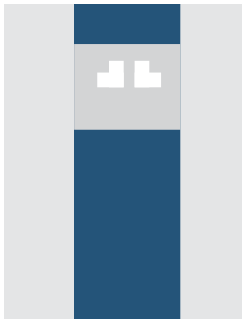
Standard Jugular Access Drape
-
Overall dimensions 82” x 120”
-
Absorbent reinforcement for fluid containment
-
Full length dual clear equipment control windows
-
Dual Jugular “L” Fenestrations
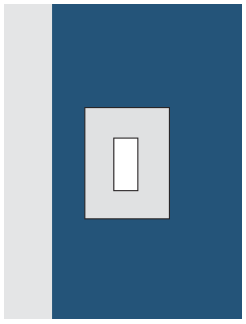
Vertebroplasty Drape
- Overall Dimensions 75” x 115”
- Absorbent area for fluid containment
- Single clear plastic equipment control windows
- Rectangular fenestration with back tape
EP Lab
An electrophysiology (EP) study is a test that records the electrical activity and the electrical pathways to the heart. Common procedures for EP specialist are Ablations in which a small catheter is inserted and a radio frequency signal is used to eliminate rogue cells. Device Implants are also performed such Pacemakers, Defibrillators, and Cardiac Resynchronization Therapy (Biventricular).
A few of our standard drapes are shown below, and we can always work with you to develop a custom design.
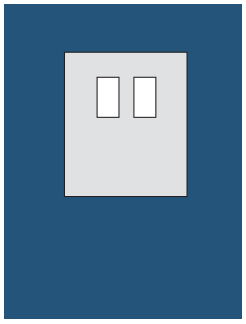
Standard Pacing Drape
- Overall Dimensions 77” x 90”
- Absorbent area for fluid containment
- Dual Pacing Rectangular Fenestrations with back tape

Pacing Drape with Ablation Access
- Overall Dimensions 77” x 120”
- Absorbent area for fluid containment
- Dual rectangular fenestrations for subclavian access
- Dual circular fenestrations for femoral ablation access
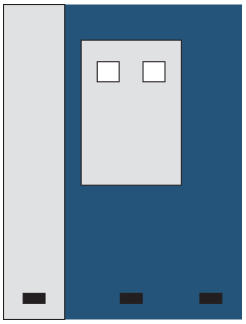
Large Pacing Drape With Window
- Overall Dimensions 93” x 127”
- Large absorbent area for fluid containment
- Single clear plastic equipment control window
- Dual rectangular fenestrations with front tape
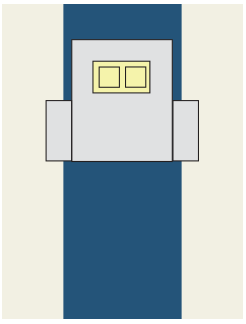
Large Pacing Drape With Incise
- Overall Dimensions 82” x 134”
- Large absorbent area for fluid containment
- Dual clear plastic equipment control windows
- Dual Rectangular fenestrations with Incise
- Dual Instrumentation Pockets

Pacing Drape with SorbX
- Overall Dimensions 82” x 127”
- Large Absorbent area
- SorbX scatter radiation protection in left subclavian area
- Dual Rectangular fenestrations with front and back tape
- Dual clear plastic windows
- Instrumentation pocket
Other & Custom
We sell our drapes in our packs, as single sterile drapes, and to other tray providers as non sterile. If you have a drape you would rather outsource contact us.
AngioSystems has spent thirty years custom designing drapes of all shapes and sizes. While we have focused our efforts on the cardiac cath lab and interventional radiology, we have designed and manufactured drapes for nearly every area of the hospital. So no matter the size, materials, or what accessories you require to have the drape you need, we are ready to help.
- Overall Dimensions
- Primary Material (SMS, Absorbent) Size
- Absorbent Pad Size
- Fenestration Size and Shape
- Clear Plastic Instrumentation Windows
- Instrument Pockets
- Other Accessories



